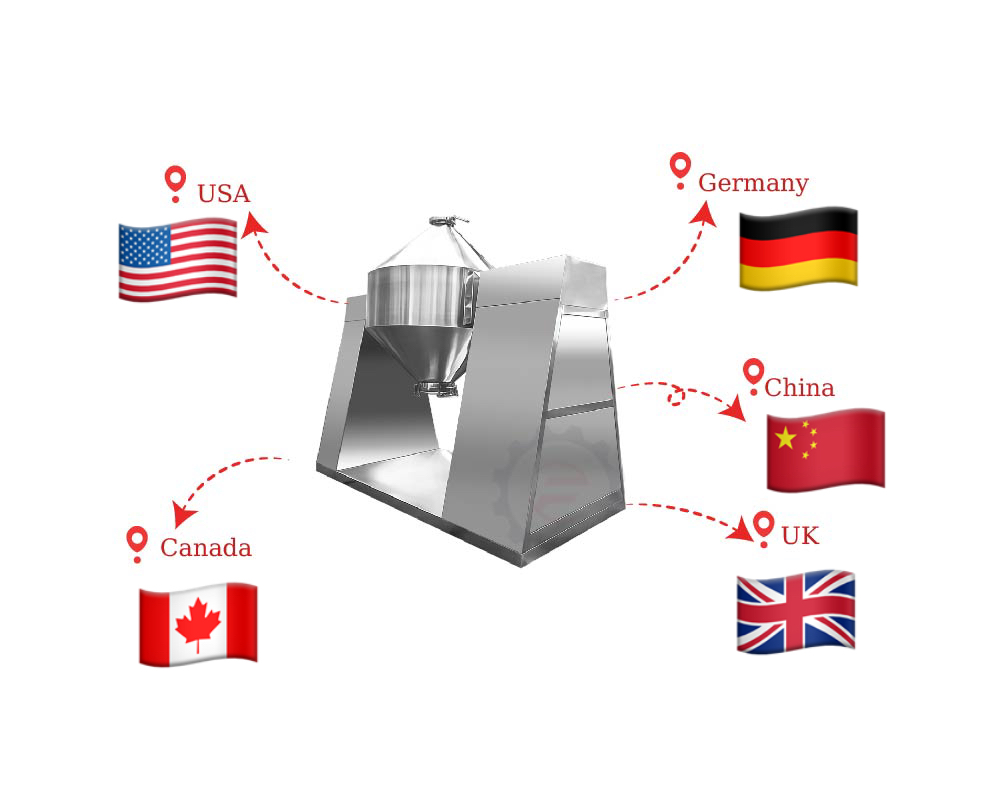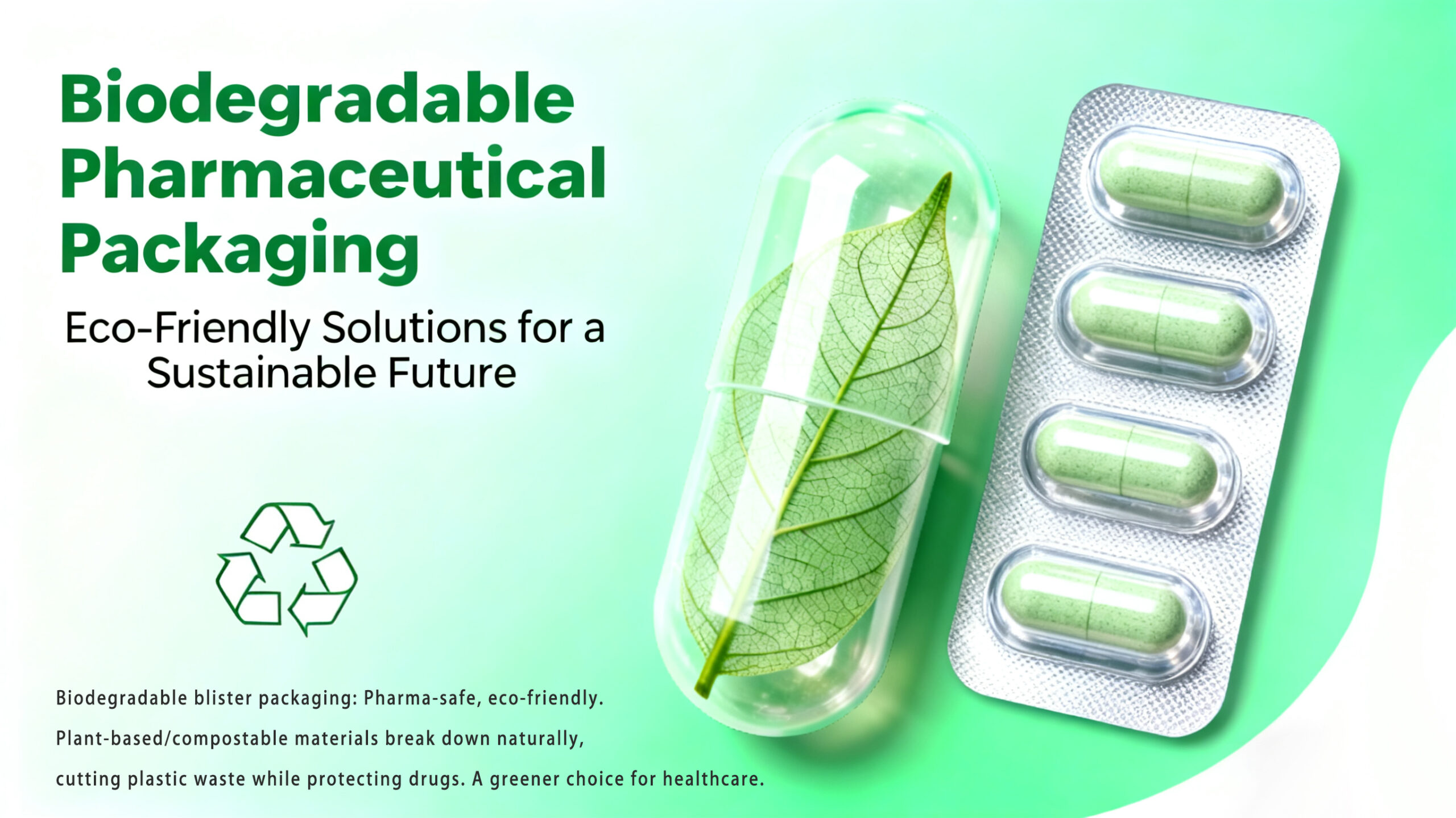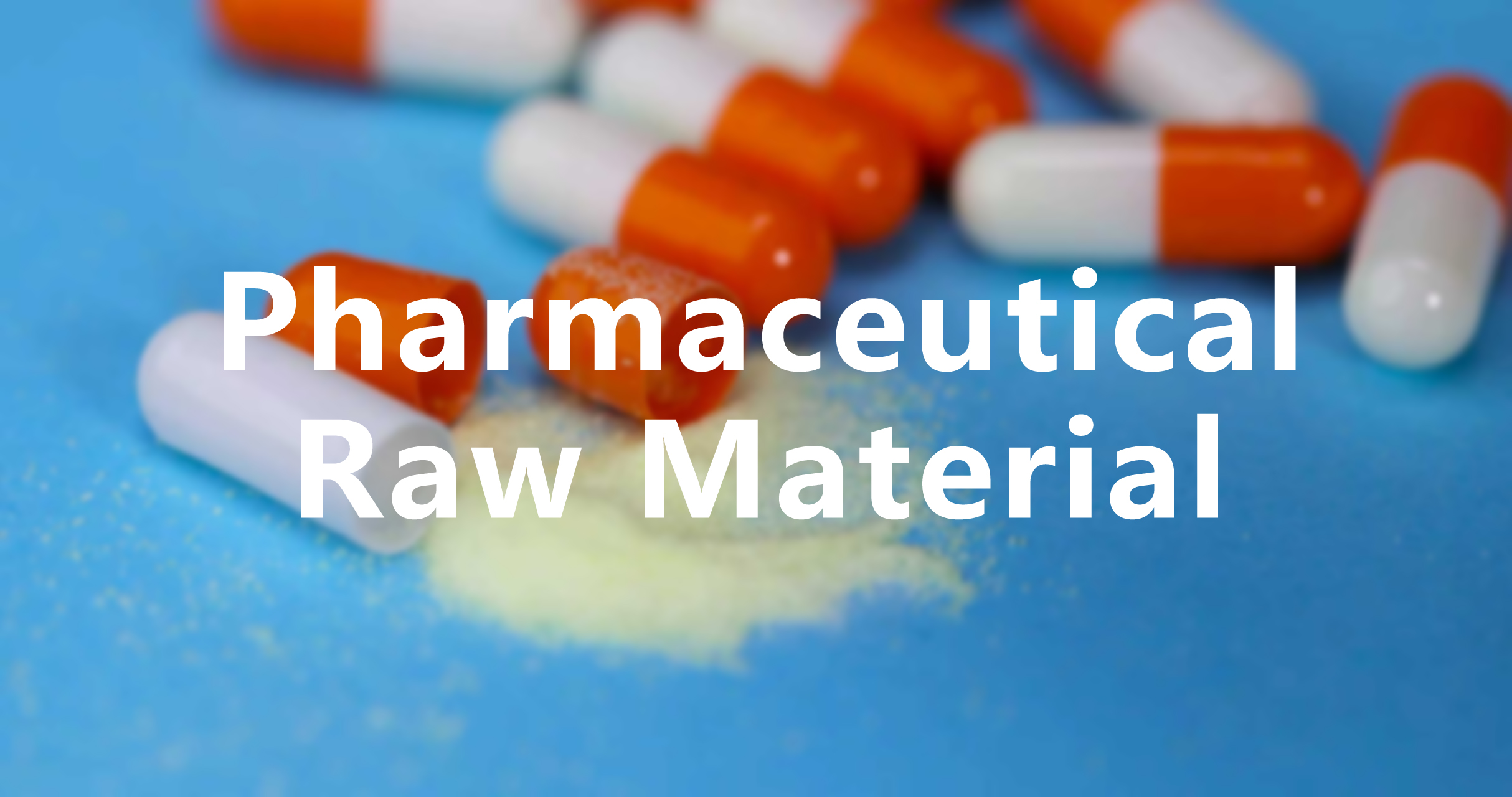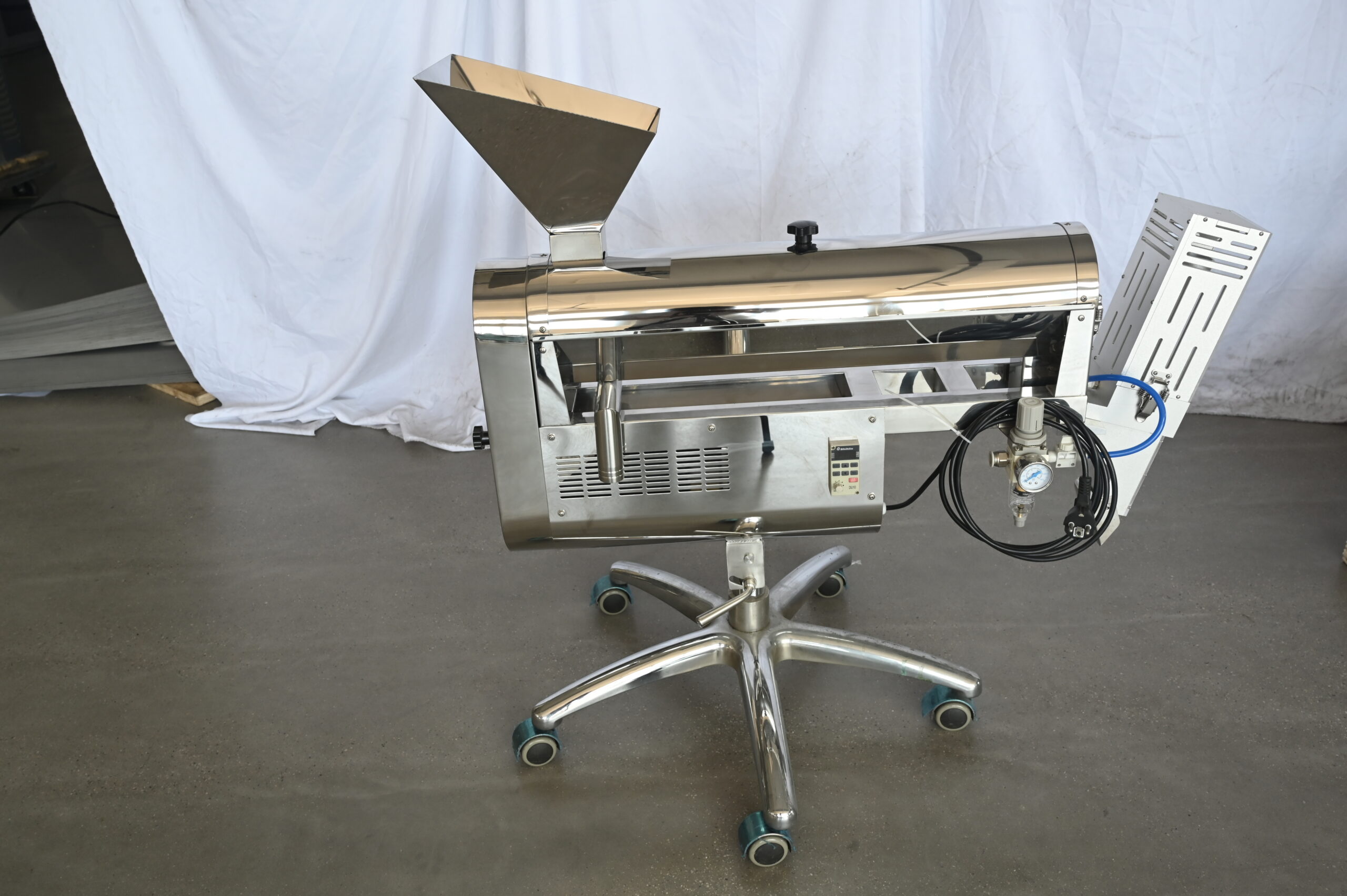Have you ever wondered how those small pills in your medicine cabinet are made? The process is more fascinating than you might think. Let’s explore the world of tablet manufacturing together.

How Are Tablets Made Step by Step?
Making tablets is like following a recipe. Each step is important for creating safe medications.
Image Source: https://www.youtube.com/watch?v=KlVazBiOnzI
Step 1: Weighing Ingredients
First, workers measure all ingredients carefully. They use special scales to be exact. Every gram counts when making medicine. All ingredients go into clean containers.

Step 2: Mixing Everything Together
Next, all dry ingredients go into big mixing machines. These machines blend everything evenly. This takes about 15 to 30 minutes. Good mixing means each tablet has the right amount of medicine.

Step 3: Making Granules
This step turns fine powders into bigger pieces. There are two ways to do this:

Wet Method: Workers add liquid to the powder. The mix becomes damp and forms small chunks. Then it goes through screens to make uniform pieces.

Dry Method: No liquid is used here. The powder gets pressed into sheets first. Then these sheets break into small pieces.

Step 4: Drying
If the wet method was used, the pieces need to dry. They go into special ovens with hot air. This removes all water. Dry tablets last longer and stay safe.

Step 5: Making Pieces the Same Size
The dried pieces go through screens. This makes them all the same size. Same-sized pieces help tablets form better. They also dissolve better in your body.

Step 6: Adding Helper Ingredients
More ingredients get mixed in now. These help the tablets work better. Some help tablets slide out of machines. Others help tablets break apart in your stomach.
Step 7: Pressing into Tablets
This is the most important step. The mixture goes into tablet presses. These powerful machines squeeze everything into tablet shapes. The pressure is very strong.

Step 8: Adding Coating
Some tablets get a special outer layer. This coating can:

- Make tablets easier to swallow.
- Protect the medicine inside.
- Control how fast the medicine works.
- Make tablets look better.
Step 9: Testing Quality
Every batch gets tested carefully. Tests check:

- Weight.
- Hardness.
- How fast they dissolve.
- Purity.
- Safety.
Step 10: Packaging
Good tablets go into bottles or packets. Labels go on with important information. This includes how much to take and when the tablets expire.

What Is the Main Ingredient in Tablets?
The main ingredient is called the Active Pharmaceutical Ingredient. This is the part that helps you feel better. In aspirin tablets, this would be the aspirin itself.
APIs are carefully designed chemical compounds that interact directly with your body’s cells to produce their intended effects. When you take a painkiller, the API targets inflammation pathways to reduce pain. When you take an antibiotic, the API works to eliminate harmful bacteria.

But tablets have many other parts too:
Helper Ingredients: These make up most of the tablet. They don’t provide medicine but help the tablet work.
Binders: These stick the tablet together. Common ones are starch and cellulose.
Fillers: These make the tablet the right size and weight.
Breakers: These help the tablet break apart in your stomach.
Sliders: These stop ingredients from sticking to machines.
Colors and Flavors: These make tablets look and taste better.
Different medicines need different amounts of these ingredients.
Types of Tablet Manufacturing Processes
There are three main ways to make tablets:
Direct Pressing
This is the easiest way. All ingredients mix together first. Then they get pressed straight into tablets. No extra steps needed. This works well with ingredients that press easily. It’s fast and costs less money.
Wet Method
This older way uses liquid to stick powders together. It works great for ingredients that don’t press well alone. It takes more time but makes very good tablets. Many companies use this for complex medicines.
Dry Method
This way presses powders into sheets first. Then the sheets break into pieces. It’s perfect for ingredients that can’t get wet. No liquids are used at all. This works well for medicines that break down with water.
Each way has good and bad points. Companies choose based on what each medicine needs.
How Many Production Equipment Are Used in Tablet Manufacturing?
Modern tablet factories use many different machines:
Main Equipment (10-15 machines)
- Tablet presses: Make the actual tablets.
- Mixers: Blend ingredients together.
- Dryers: Remove water from mixtures.
- Coating machines: Add outer layers.
- Blenders: Mix different powders.
Helper Equipment (15-20 machines)
- Scales: Measure ingredients exactly.
- Moving belts: Transport materials around.
- Packaging machines: Put tablets in bottles.
- Testing machines: Check quality.
- Cleaning systems: Keep everything clean.
Support Equipment (20+ machines)
- Air systems: Power pneumatic machines.
- Water systems: Provide clean water
- Air conditioning: Control temperature
- Cleaning tools: Keep areas sanitized.
- Storage tanks: Hold materials safely.
A typical factory might use 50 to 100 different machines. Bigger factories have even more. Each machine has a special job in making safe medicines.
Key Takeaway
Making tablets is complex but well-organized. It mixes science and technology to create the medicines we need.
The journey from powder to pill has many steps. Each step ensures safety and effectiveness. Whether using direct pressing or other methods, companies follow strict rules.
Modern factories use dozens of special machines. They work together like a team. Every machine helps create good, safe tablets.
Next time you take a tablet, think about its amazing journey. From choosing ingredients to final packaging, many people worked to create that small pill.
Understanding this process helps us appreciate something we often take for granted. It shows why we should follow dosage instructions. It also shows the science behind our medicines.
The tablet manufacturing process combines careful planning with advanced technology. Every step matters in creating medicines that help people feel better. This complex process happens millions of times each day in factories around the world.




